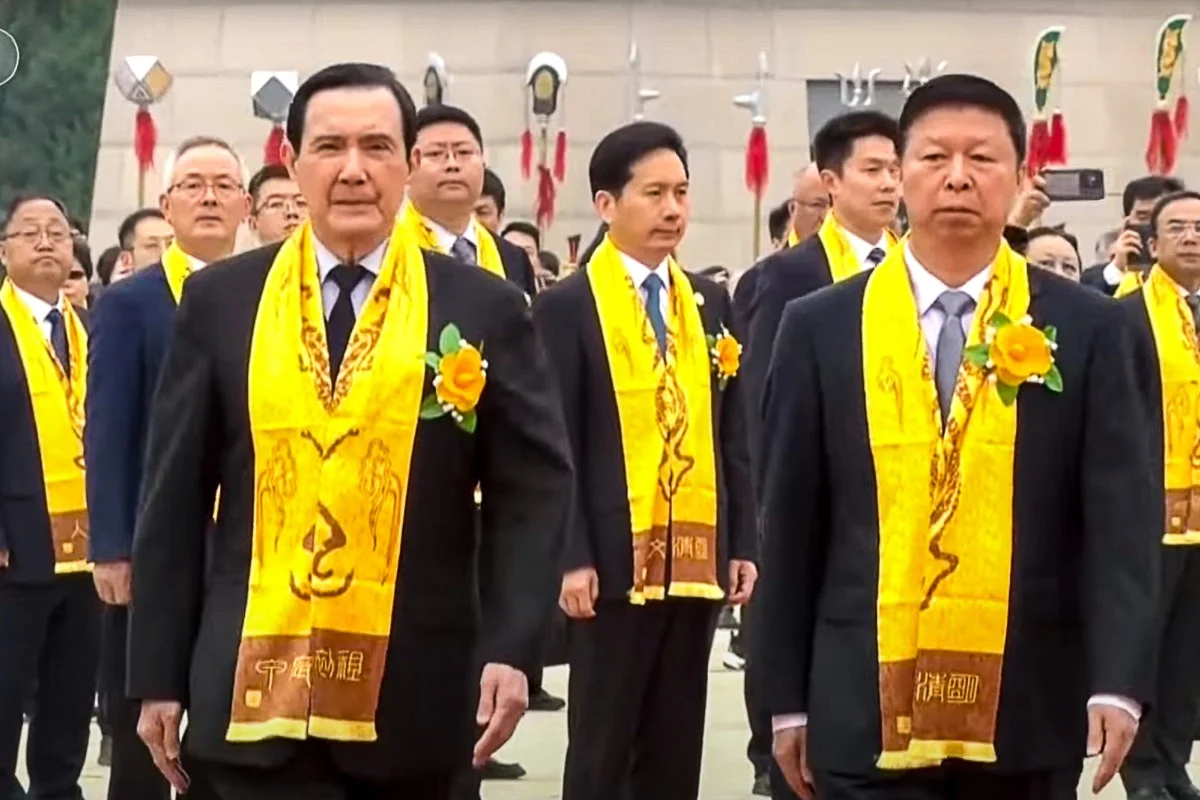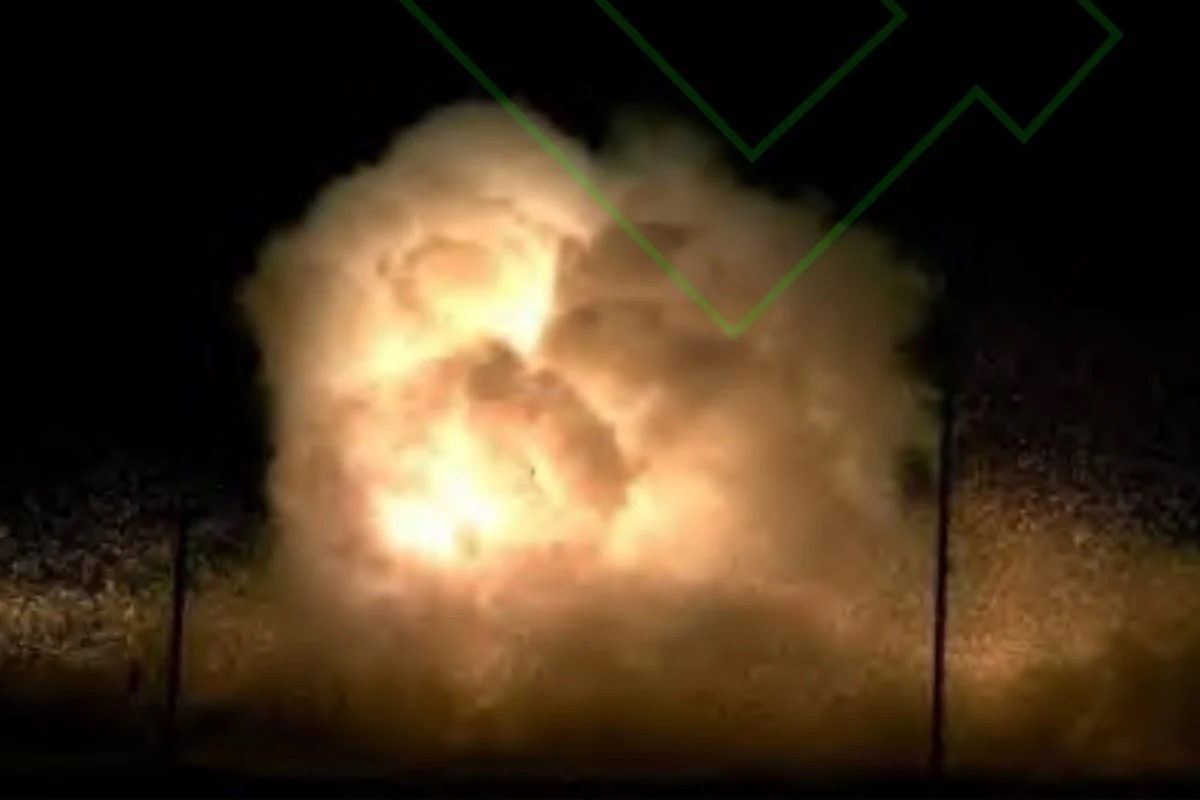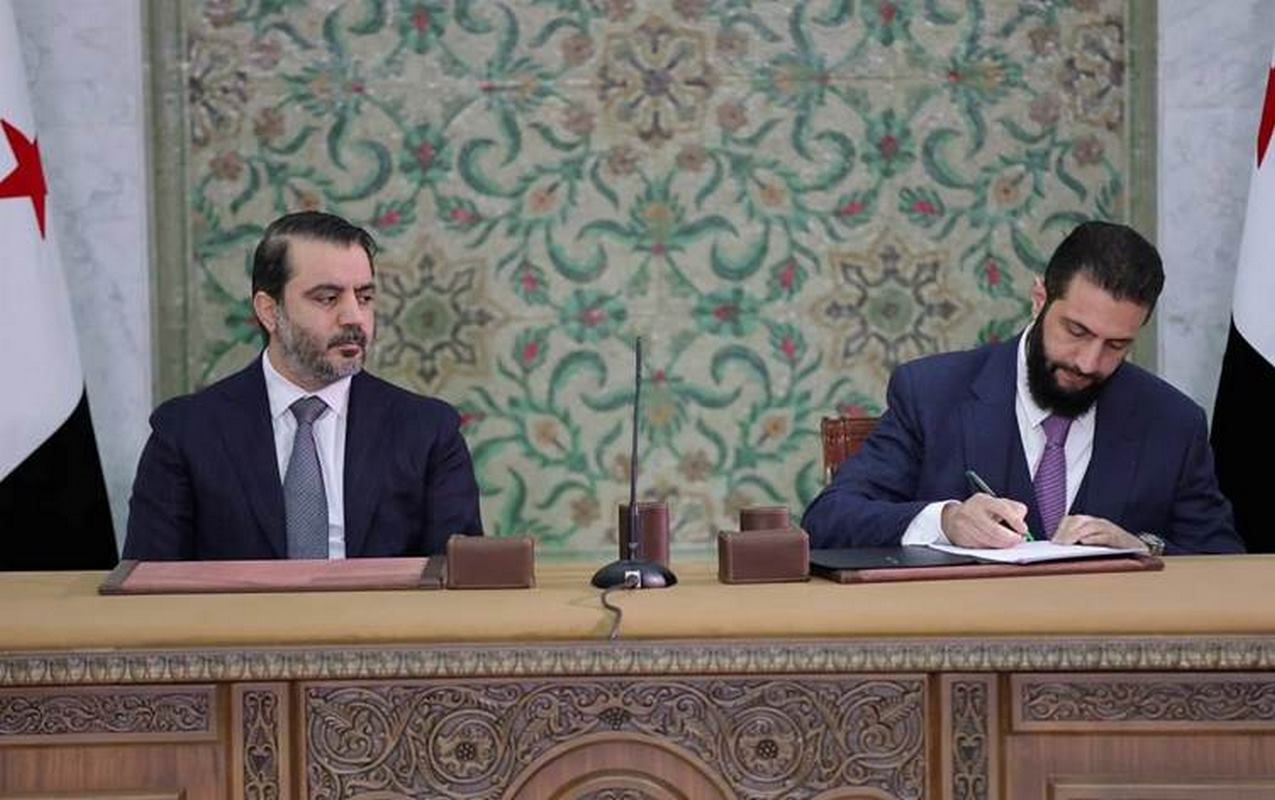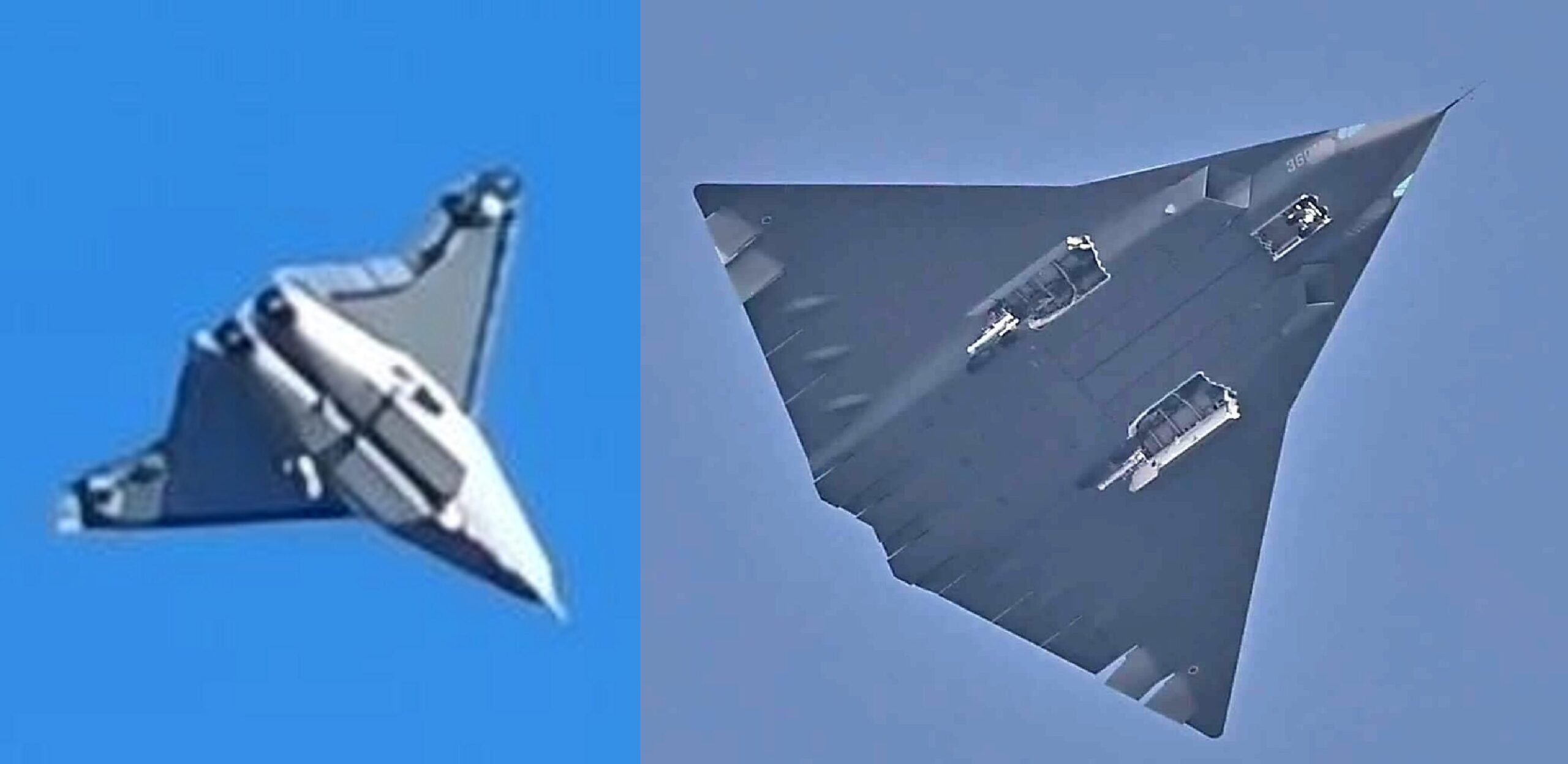The former President of Taiwan Ma Ying-jeou was welcomed into the Great Hall of the People for a meeting with President Xi Jinping on Wednesday, marking the first meeting of the Chinese President with a President of Taiwan, current or former, in 9 years.
The meeting took place with far less outrage than Ma’s previous meeting with Xi in 2015, and less cynicism than his trip to the mainland last year that did not yield a visit with Xi. In general, analysts believe that it is once again the Kuomintang (KMT) or Chinese Nationalist Party of Taiwan, displaying to the mainland that they are the only ones capable of maintaining amicable cross-Strait relations.
The meeting comes off the back of a third-consecutive term in office for the Democratic Progressive Party (DPP) in Taiwan, with the election of ‘William’ Lai Ching-te as president, a man whom Beijing brands a “separatist,” and the need for the KMT to do something to revive its flagging political fortunes and public image.
But that is so much easier said than done for party chiefs, who remain deeply beholden to large pro-China, and even pro-unification factions within their party, even while the DPP continues to clean up among young voters and pro-independence voters, who together make up a majority among partisan voting on the island.
In 2022, following the visit of the US Speaker of the House Nancy Pelosi to Taiwan with a visit to the then-president Tsai Ing-wen, the Chinese conducted the largest cross-Strait military exercises in history, which deeply affected the population who became aware that People’s Liberation Army (PLA) jets were routinely entering Taiwan airspace.
In April of 2023, former President Ma visited China for the Ching Ming Festival, to honor his ancestors, and to take a large group of Taiwanese students on a trip to various cultural and historical sites, ending in an eventual meeting with Song Tao, Beijing’s Taiwan Affairs Office director, for a meeting to reinforce cross-Strait ties and hopefully position the KMT as demonstrably more capable of keeping Taiwan safe than the DPP.
But rather than causing the flower of fervor for Taiwanese sovereignty to wither, it galvanized DPP support at the polls, where voters elected an even stronger pro-autonomy candidate in President Lai.
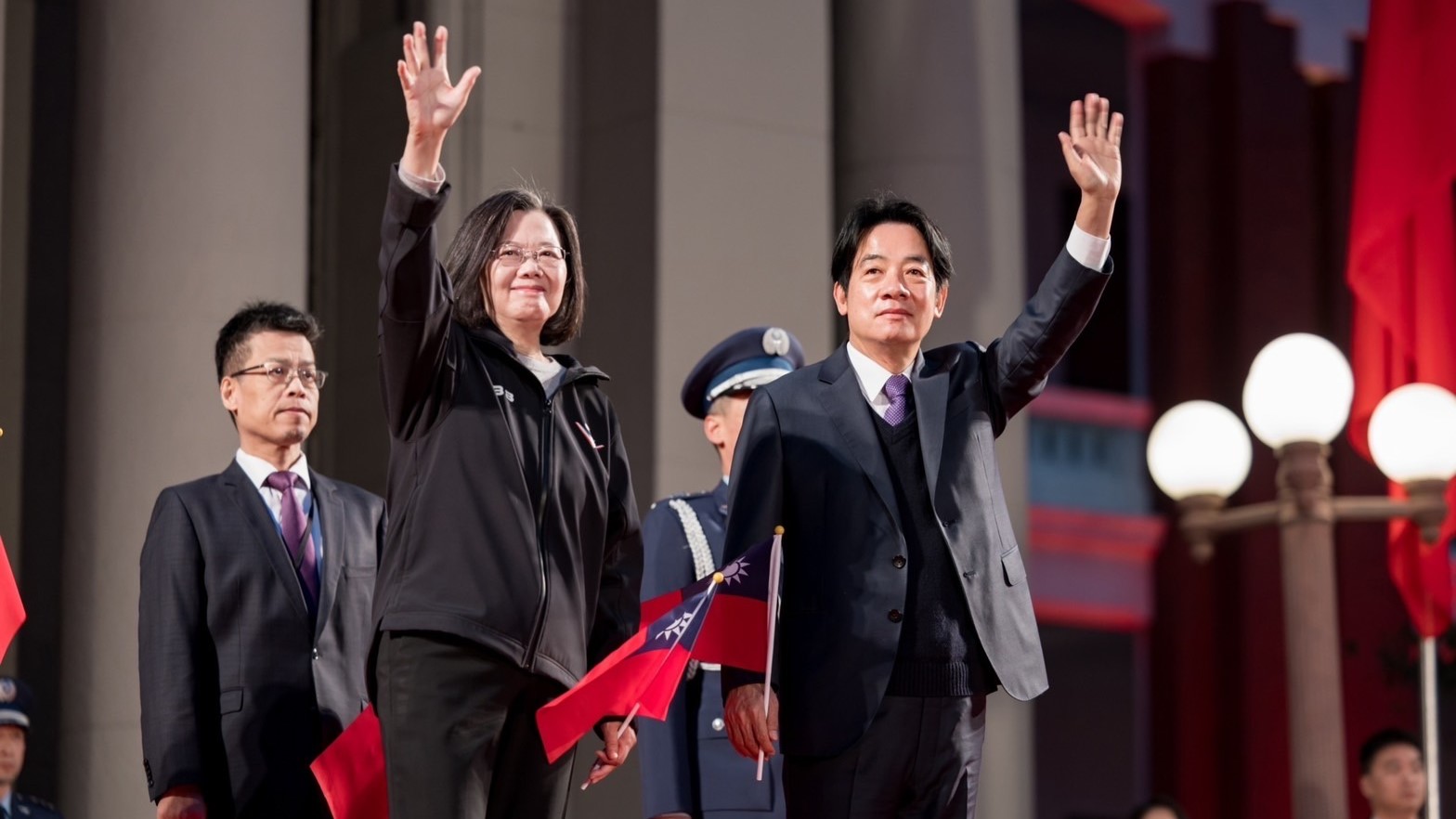
Between generations, between good ideas
Like in 2023, Ma brought along a group of students to try and reinforce connections to the 5,000-year unbroken history of Chinese civilization, as well as introduce them to the youth of the mainland with whom Ma hoped they would forge bonds of camaraderie and help ensure peace for the future.
The problem with this strategy reports Benjamin Chen, founder of Youth Politican, an international political news agency based in Taipei, is that of the total membership of the KMT party, only 3% are under the age of 40. It’s not a much better picture nationally. The ‘Sunflower Movement’ that saw the installment of the DPP began in 2014 among students, so it’s unlikely the KMT will find younger demographics a rich vein of votes.
In 2023, KMT Vice Chairman Andrew Hsia also visited China to reaffirm the KMT’s adherence to the 1992 Consensus that China and Taiwan are the same entity, but that they disagree over what that means, demonstrating that the old guard is not ready to embrace reform. But this wasn’t just belligerence either, since Ma, during the KMT’s early campaigning for the 2024 elections said that “a vote for the DPP is a vote to send our youth to war”.
The strategy therefore was attempting to win over the youth by showing them that the DPP’s pro-independence streak leads them closer and closer to a disastrous war. This strategy lost as it turns out.
Maybe the KMT would be able to flex their messaging around cross-Strait relations in a way that would pull more people over to their side if not for the Huang Fuxing.
The Huang Fuxing is a faction within the KMT whose name comes from a unit set up to care for the veterans of the Chinese Civil War which the KMT fought against the Communists. Generalissimo Chiang Kai-shek fled to occupy Taiwan, and took with him 2 million drafted mainlanders that made up his army and supporting staff. They’ve lived on the island ever since, represent a quarter of KMT membership, and play the role of the backbone of the party’s fundraising and local voting efforts.
For example, during the tenth direct election of the party head in 2021, a scholar who supported unifying with mainland China named Chang Ya-chung garnered 33% of the KMT vote, not so much less than the eventual winner and current party head Eric Chu, and mostly because of the Huang Fuxing. Chu’s total support was much reduced during the process and was elected with the lowest percentage of votes in KMT history.
It’s not only the military veterans who aren’t in favor of any rebranding, which can be seen in the case of Johnny Chiang, a chairman of the KMT in 2020 who presented a “KMT-redesign” upon his election that advocated abandoning the 1992 Consensus. He found himself forced by old guard members including former President Ma to shift the foreign policy ideas in his KMT-redesign entirely back in line with ideas the Huang Fuxing prefer.
Even though they will present themselves to China as the only partner for lasting peace in the Taiwan Strait, the KMT are shackled to a party base loyal to out-of-favor ideas, and seem incapable of maneuvering them into the public in a way that makes them appealing to the younger voters they are trying to save from war.
When the 2024 elections did come around, the KMT performance was not great. Following the live-on-TV collapse of a fledgling coalition with an independent party, no great strides were made in the name of the 1992 Consensus other than a handful of parliamentary seats turning over.
Being so shackled, war across the Strait seems to rest more on the shoulders of those on the Western side, or on the other side of the Pacific, rather than on Taiwan itself. WaL
PICTURED ABOVE: Ma Ying-jeou at a ceremony honoring the Yellow Emperor. PC: CNA media.
